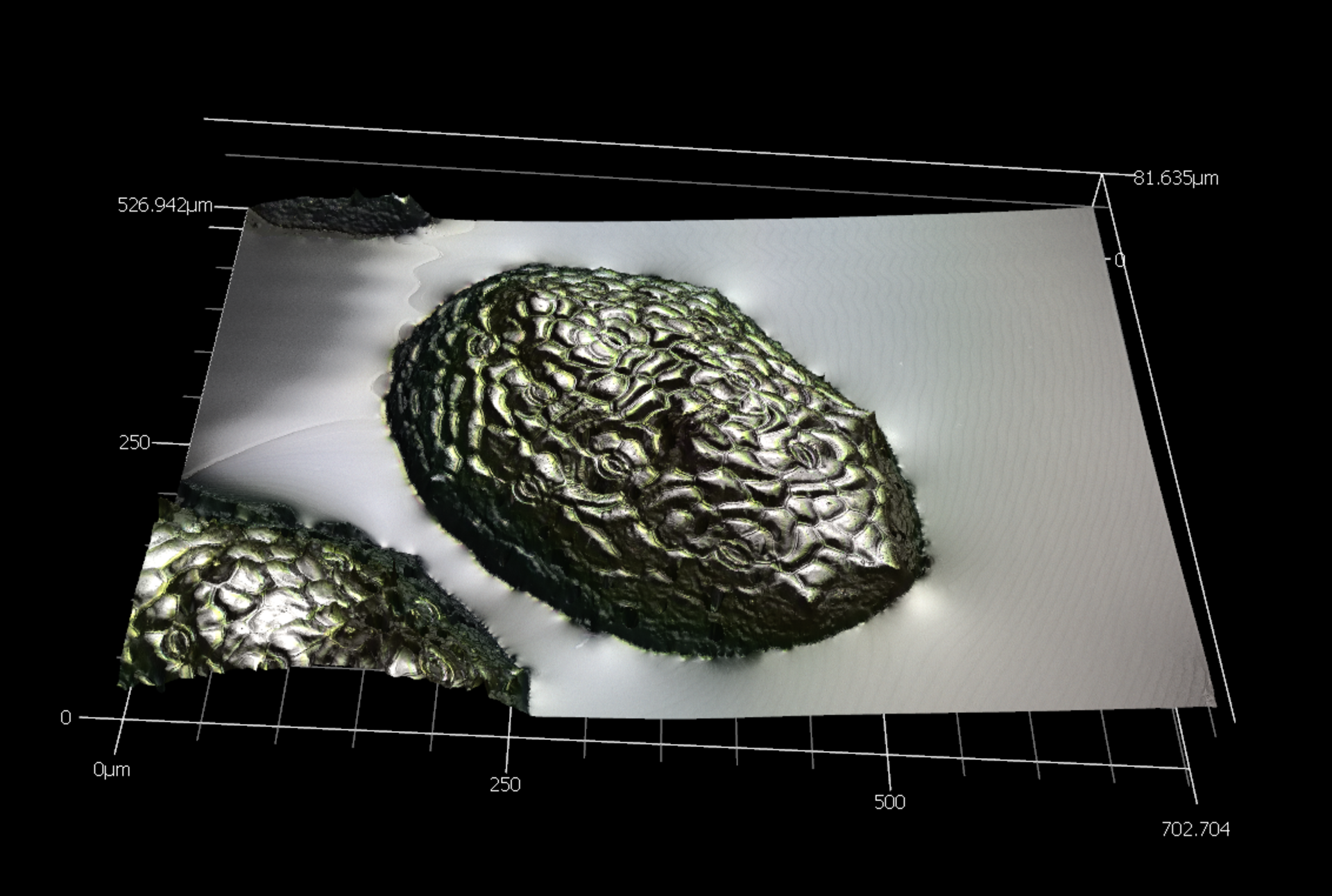Hypergravity odyssey of Earth’s tiniest plant
The smallest flowering plant on Earth might become a nutritious foodstuff for astronauts in the future, as well as a highly efficient source of oxygen. To help test their suitability for space, floating clumps of watermeal – individually the size of pinheads – were subjected to 20 times normal Earth gravity aboard ESA’s Large Diameter Centrifuge by a team from Mahidol University in Thailand.
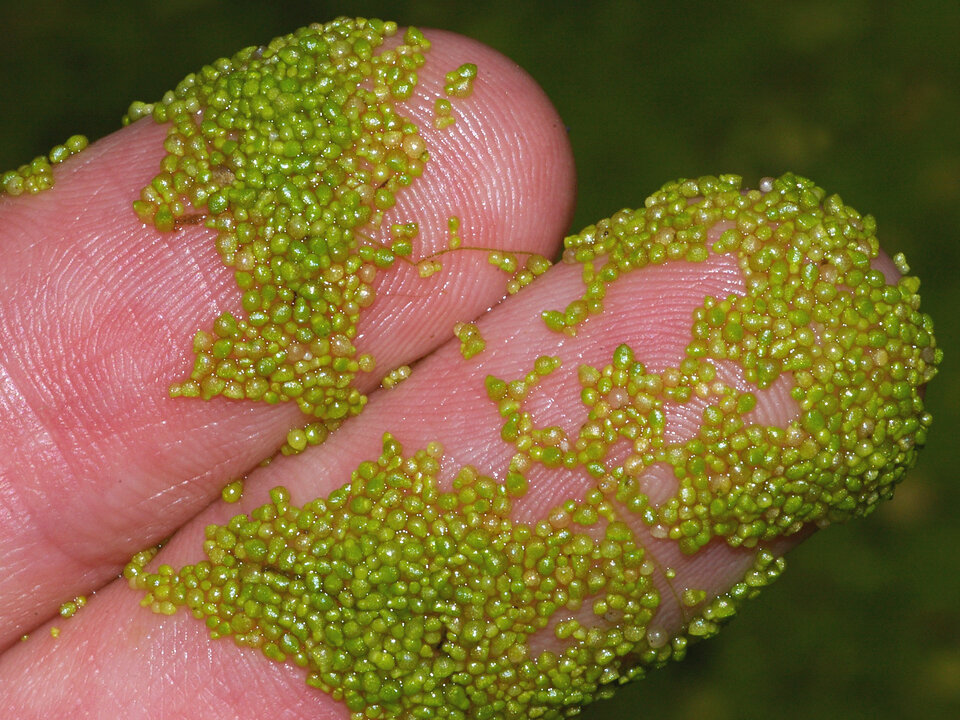
Based at ESA’s ESTEC technical centre in the Netherlands, the LDC is an 8 m-diameter four-arm centrifuge that gives researchers access to a range of hypergravity up to 20 times Earth gravity for weeks or months at a time.
Access to the LDC was arranged through HyperGES, part of the Access to Space for All initiative sponsored by ESA and the United Nations Office of Outer Space Affairs, UNOOSA.
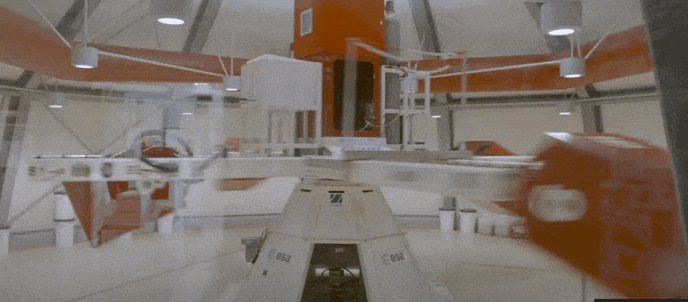
At its fastest, the centrifuge rotates at up to 67 revs per minute, with its six gondolas placed at different points along its arms weighing in at 130 kg, and each capable of accommodating 80 kg of payload.
Watermeal is the smallest flowering plant on Earth – smaller even than the more familiar duckweed. Like duckweed, watermeal is an aquatic plant, which floats atop Thai and Asian water bodies.
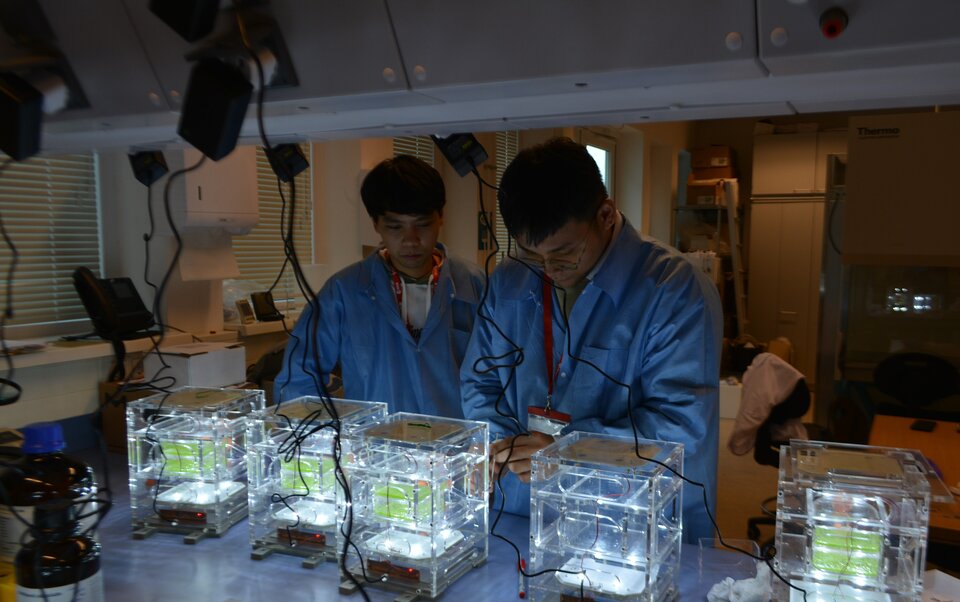
Tatpong Tulyananda, heading the Mahidol University team, explains: “We became interested in watermeal because we wanted to model how plants respond to changing gravity levels. Because watermeal doesn’t have any roots, stems or leaves, it is basically just a sphere floating on a body of water. That means we can focus directly on the effects that gravity shifts will have on its growth and development.
“In addition, it produces a lot of oxygen through photosynthesis. And watermeal is also a good protein source, which has been consumed in our country for a long time – used with fried egg to soup, or eaten as part of a salad. You consume 100% of the plant when you eat it, so it holds promise in terms of space-based agriculture.”
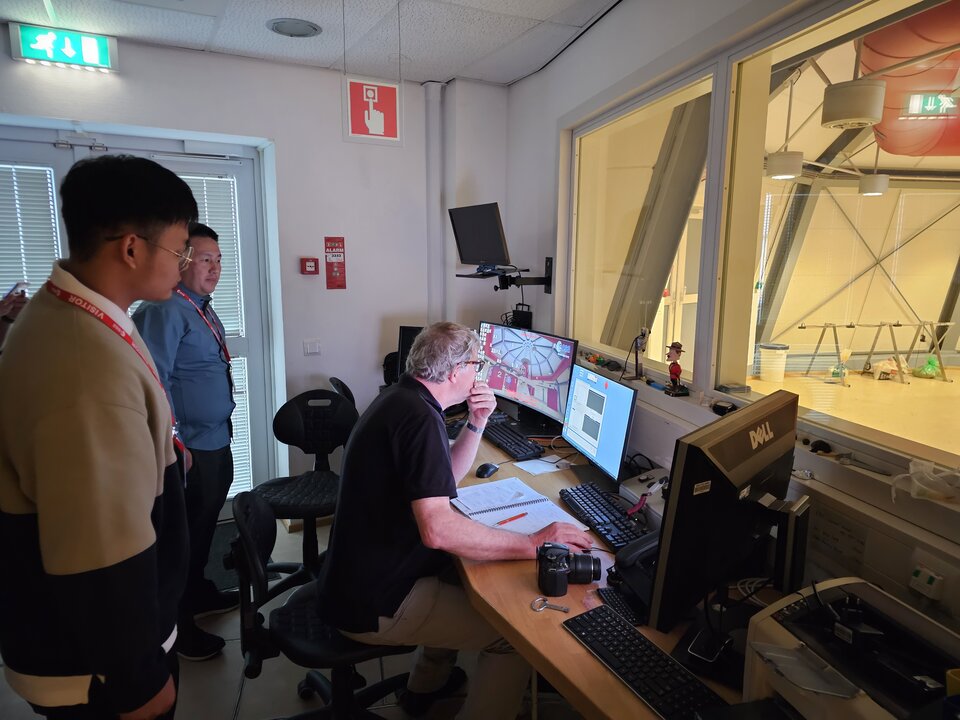
Up until now the team has been studying watermeal using clinostats, which continuously shift their orientation of the gravity vector with respect to the sample in order to simulate microgravity conditions.
“So far, we have seen little to no difference between plant growth at 1g and simulated microgravity, but we want to extend our observations to get an idea of how the plants react and adapt across the whole range of gravity environments. Another advantage of watermeal is that it is quite a short-lived plant, so we can study its entire life cycle within five to 10 days.”
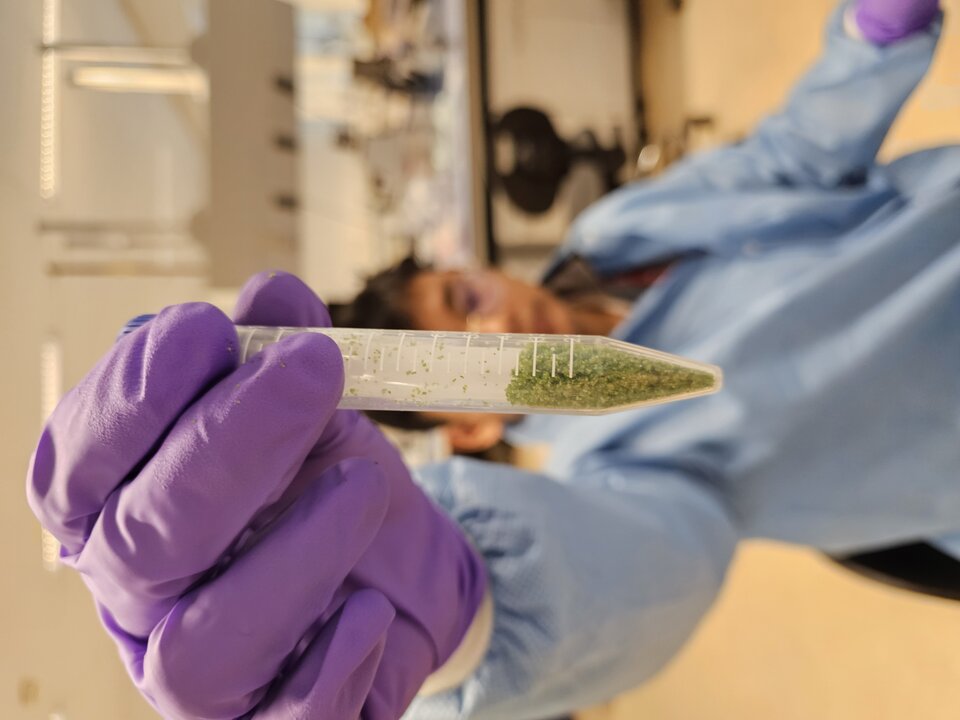
Watermeal samples were placed into boxes equipped with LEDs that mimic natural sunlight. These boxes were then within a centrifuge gondola, then left to grow while spinning at 20 g.
“Our two weeks of experimentation give us access to two generations of watermeal overall,” adds Tatpong. “What we do next is examine the plants directly, then render extracts into a solid pellet form that we will take home to study. Then we can put these samples through detailed chemical analysis to gain insights into the broad spectrum of watermeal’s hypergravity response.”
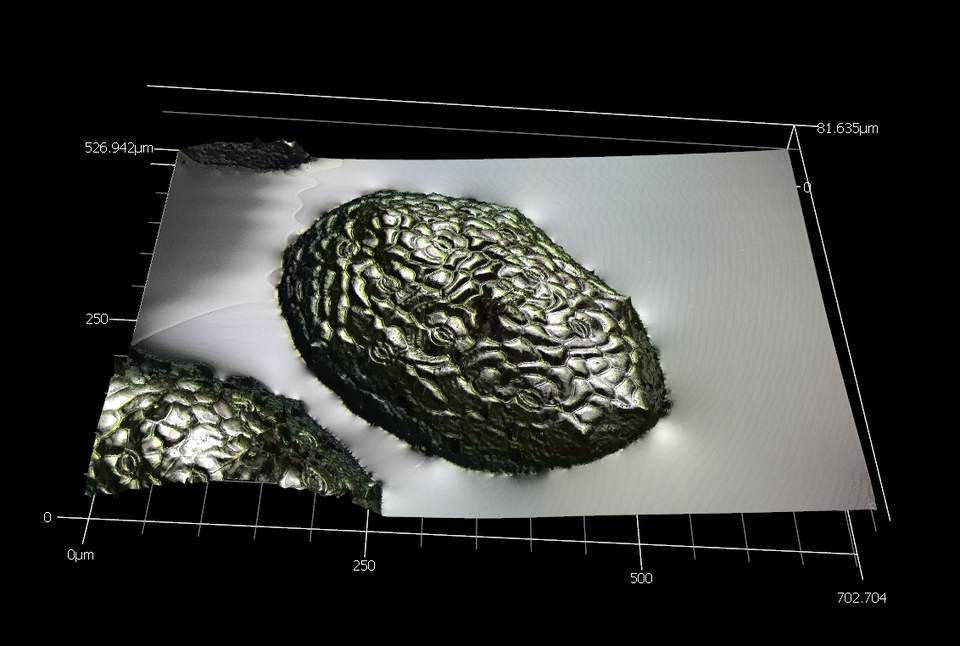
While using the LDC, the team also made full use of ESA’s Life Support & Physical Sciences Instrumentation Laboratory facilities as well as the adjacent Materials and Electrical Components Laboratory to prepare their experiments and finalise samples to bring home.
An all-female team from Universidad Católica Boliviana ‘San Pablo’ in Bolivia is next in line to make use of the LDC, planning to test how hypergravity promotes the breakup of human red blood cells.
Registered visitors to our ESA Open Days at ESTEC this weekend can see the LDC in operation for themselves.


